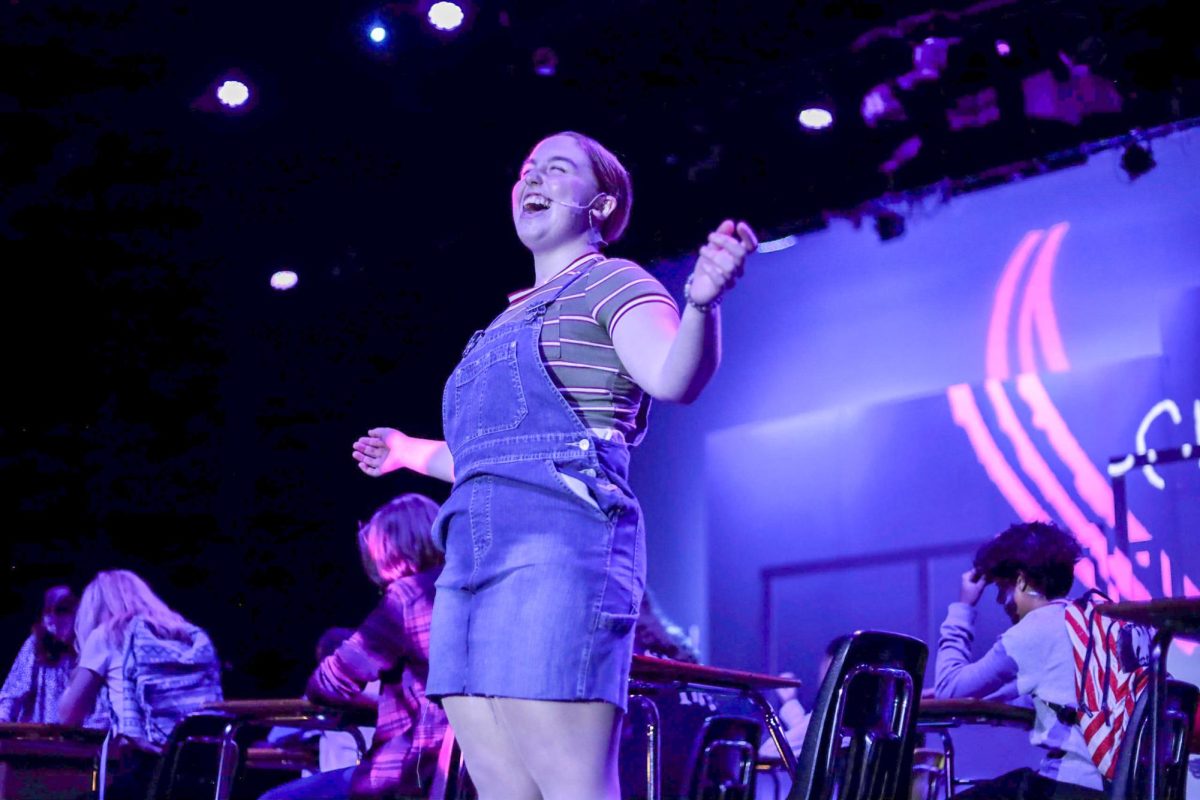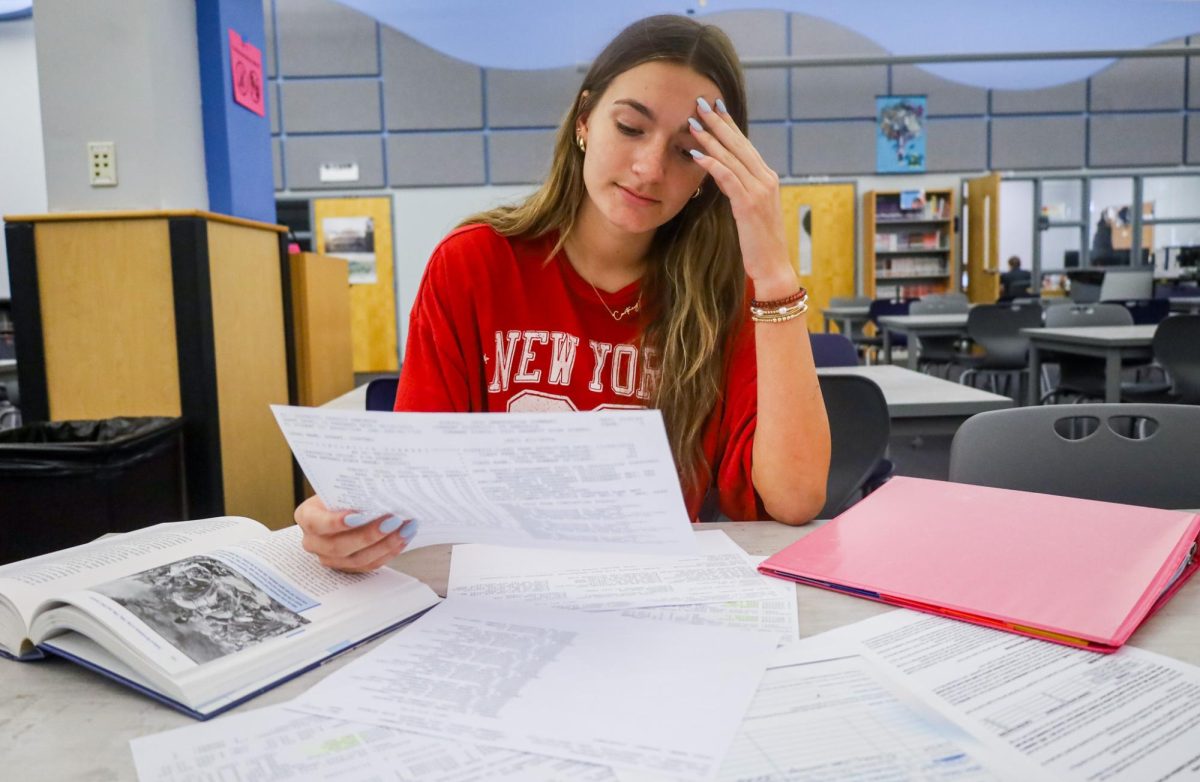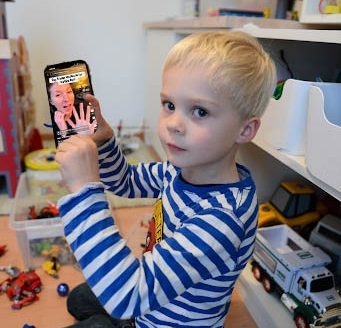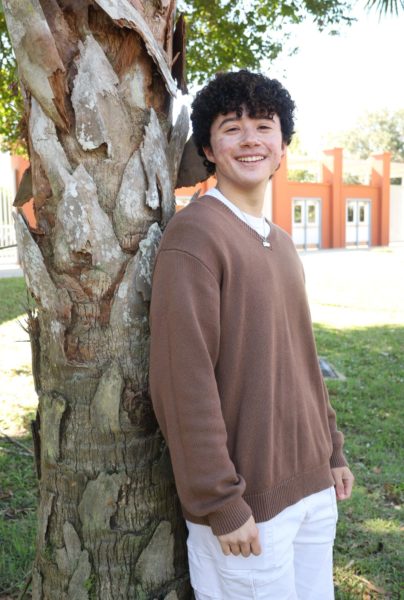Paneled wood, high rise chairs, padded seats. When students came back from winter break, the first thing they noticed was the cafeteria’s new look, complete with new furniture and a mini restaurant boasting various food and drink selections. While this upgrade was the most prominent change around campus, there have been several other projects still in progress or already completed since the beginning of the school year.
So far, the school has spent around $450,000 in facility renovations, including installation of a new track, a new audio system in the auditorium, media center refurnishing, new computers, cafeteria renovations and electronics for classrooms. This amount, however, does not include the rebuilding of the stadium’s bleachers or the new vending machines around campus.
Project Funding
The amount is a lot, but the school has three main ways to get money for these upgrades: facility rentals, government funding, and academic funding.
The school has been renting out their facilities for over 10 years. Many community organizations have held recitals in the auditorium or used other facilities over the weekend or during the summer. Action Church, a local ministry, meets on campus every Sunday for their weekly services. This year, $150,000 of the facility upgrade budget came from community rentals.
The second way the school gets funding is through state grants, which give between $25,000 and $30,000 for renovation projects.
However, the biggest source of school funding is AP exams. Every time a student passes an AP test, the school receives a set amount of money to spend on classrooms. Hagerty makes between $600,000 to $800,000 per year from AP scores, which is then budgeted for technology, renovations or other necessities.
The school can spend up to $25,000 without needing district approval. However, when expenses rise above $25,000, planned upgrades will need approval from assistant superintendent Mike Rice; when the quantity is above $50,000, it will have to be approved by superintendent Serita Beamon. Before sending in plans for approval, Frasca has to give the final okay, but not without administration and staff collaboration.
“I have an open door policy. So, a lot of times, staff members, teachers, coaches, sponsors will come and ask for things, and sometimes I can share some of the cost and, sometimes I can’t,” Frasca said. “So it’s splitting up to try and make sure everybody has what they need to take care of our facilities for our kids and for our campus.”
For the most part, school programs like dance, cheer, and band finance themselves through ticket sales, competitions, and fundraisers. However, on some occasions, Frasca is able to aid those programs. Recently, the school helped purchase a new tractor to keep the baseball and softball field properly maintained. The tractor cost $9,000, but with the help of $3,000 from the Athletic Booster Club and $2,000 financed by the teams, Frasca paid the remaining $1,000.
Project Managers
Of course, the responsibility of renovating and maintaining facilities does not only fall on Frasca’s shoulders. School administration manager Jason Maitland and athletic director Jay Getty are the main facilitators of this process.
As the main overseer of facilities, Maitland decides how to distribute the budget received from Frasca, dividing the cost between landscaping, plumbing, and other maintenance needs.
“The hardest thing is when you’re starting a new project because that’s going to have the most steps and involve the most people,” Maitland said. “Day to day things are not very difficult. We have really good staff that knows what they’re doing and how to fix things. They’re very fast and very efficient.”
On a daily basis, Maitland works with custodial staff to make sure bathrooms, lights, and classrooms work smoothly. During long-term construction projects, he works directly with architects, engineers and subcontractors.
For Maitland, plumbing is a recurring problem throughout the year.
“A lot of the problems with the plumbing and anything getting backed up is students flushing things down the toilet that they should not be flushing down like paper towels and contraband,” Maitland said.
Apart from the bathroom, Maitland helped oversee the installation of Filtered, the new vending machines, and the track installation.
“Anything to make the experience a little bit better for [students] is always our goal,” Maitland said.
The big projects
Getty oversees the renovations and projects throughout the athletic program. This year the stadium bleachers were repaired for $200,000, the track was installed for $233,000, and the stadium branding was $10,000.
Hagerty has planned and worked on a full stadium improvement project for five years. Every 10 years tracks around the district are milled, the asphalt is grinded and then restriped. In order to align the cost with district funding, the school had to wait until the process was approved and completed for them to install the rubberized surface. While the total cost was $233,000, the district contributed to a large portion of funding the project, allowing the school to save $100,000. The track was successfully installed at the end of December before the track season started.
“Creating a time schedule with the least impact on the sports currently in action is the hardest part of these projects,” Getty said. “But with any renovation, the goal is to always propel the particular program to a greater success level.”
The track was not the only project that took years of planning. Theater teacher Jaamal Solomon was put in charge of planning and facilitating a full technical system replacement in the auditorium, a project that was planned four years ago. The sound system, which finished installation two weeks ago, was the last part of this project. The total cost of the audio system was $50,000 and the total cost for the project which includes the sound system, lightboard and projector was $80,000.
Before the project was started, engineers came to the school to determine the problem of the sound system. After the problem was gauged, Solomon and Frasca had to decide to repair or replace the system. In the end, they decided on a complete system replacement. During the entirety of the project, many obstacles were tackled including a problem with lack of spacing for the new speakers and mixed up wiring from the old system. After the system was shipped, the full installation lasted two weeks.
“In the end it was manageable since we had the full support of administrators and everyone involved was flexible,” Solomon said. “It is important to keep our facilities updated. The students, their families and our patrons deserve the best that we can give them.”









